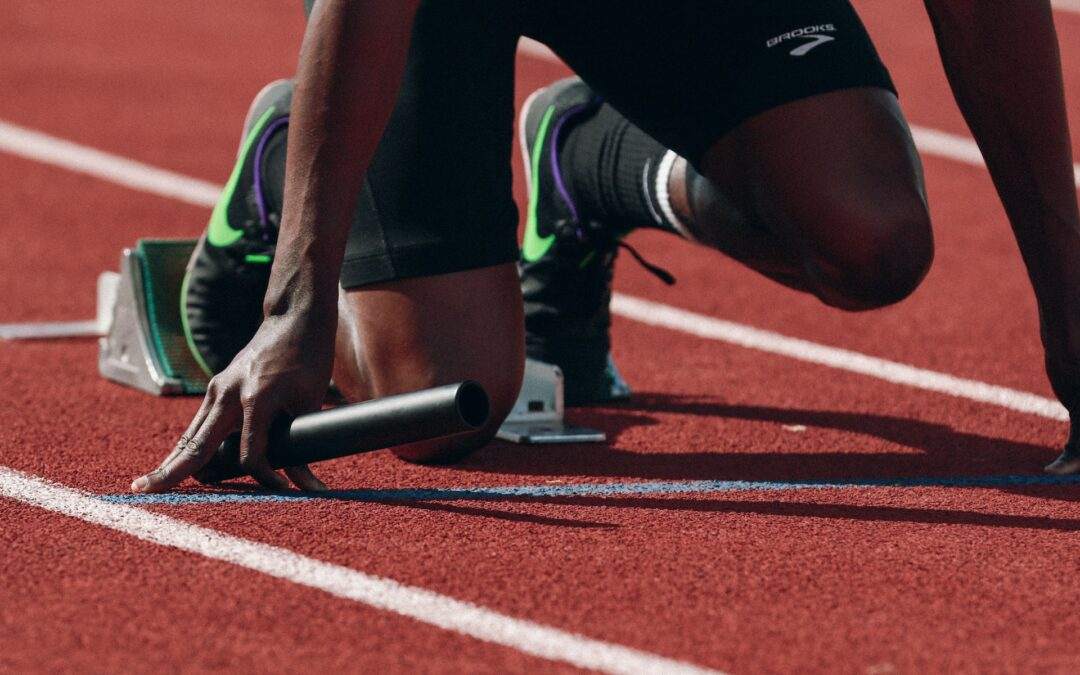Athletic training is a demanding process that requires hard work, dedication, and consistency. However, many athletes overlook one crucial aspect of their training regimen: physical therapy.
Incorporating rehabilitative massage therapy into an athlete’s routine can significantly improve performance, prevent injuries, and promote overall well-being. In this article, we’ll explore why every athlete should include physical therapy in their training regimen and the benefits it can offer.
Understanding Physical Therapy
Physical therapy is a medical practice that focuses on improving and maintaining an individual’s functional abilities, mobility, and overall quality of life. It involves the use of various techniques, including rehabilitative massage, stretching, and strengthening exercises, to address musculoskeletal issues, prevent injuries, and enhance performance.
For athletes, incorporating physical therapy into their training regimen can provide numerous benefits. It can help them recover faster, avoid injuries, and optimize their performance. Let’s dive deeper into these advantages.
Injury Prevention
One of the primary benefits of including physical therapy in an athlete’s training regimen is injury prevention. A physical therapist is trained to identify muscle imbalances, weaknesses, and movement patterns that may predispose an athlete to injury.
1. Strengthening and Conditioning
Physical therapists can design targeted strengthening and conditioning programs to address specific areas of weakness or imbalance. These programs will help athletes build a strong foundation, reducing the likelihood of injury and increasing their performance capabilities.
2. Flexibility and Mobility
Flexibility and mobility are vital for preventing injuries and improving athletic performance. Physical therapists can guide athletes through targeted stretching and mobility exercises to improve joint range of motion and muscle flexibility, reducing the risk of strains and sprains.
Rehabilitation and Recovery
Injuries are an unfortunate reality in sports. When an injury does occur, physical therapy plays a crucial role in an athlete’s rehabilitation process. A physical therapist can provide expert guidance on managing pain, regaining strength and mobility, and ultimately, returning to peak performance.
1. Pain Management
Physical therapists are well-equipped to help athletes manage pain through techniques such as manual therapy, therapeutic modalities, and targeted exercise. By addressing the root cause of pain and implementing strategies to alleviate discomfort, athletes can recover more quickly and return to their sport with confidence.
2. Regaining Strength and Mobility
Following an injury, it is essential to rebuild strength and mobility in the affected area. Physical therapists can design a rehabilitation program tailored to an athlete’s specific needs, ensuring a safe and effective recovery.
3. Return to Sport
Physical therapists play a critical role in helping athletes return to their sport following an injury. They can provide guidance on when it is safe to resume training and competition and offer strategies for minimizing the risk of re-injury.
Performance Enhancement
Physical therapy is not just for injury prevention and rehabilitation; it can also enhance an athlete’s performance. Athletes can maximize their potential and improve their overall performance by incorporating physical therapy into their training regimen.
1. Improved Movement Patterns
Physical therapists can help athletes develop more efficient movement patterns, improving performance. This includes optimizing running mechanics, enhancing jumping and landing techniques, and refining sport-specific movements.
2. Increased Power and Endurance
A targeted physical therapy program can increase power and endurance, which are essential for peak athletic performance. Addressing muscle imbalances and weaknesses can help athletes generate more force and maintain their performance levels throughout the competition.
Mental Health and Well-being
Incorporating physical therapy into an athlete’s training regimen can also positively affect mental health and well-being. Physical therapists can teach stress management, relaxation techniques, and strategies for maintaining a healthy balance between training and life outside of sports.
1. Stress Management
Athletes often experience high levels of stress, both from the demands of their sport and the pressure to perform. Physical therapists can offer strategies for managing stress, allowing athletes to better cope with the challenges they face in their sport.
2. Relaxation and Recovery
Physical therapists can also guide athletes through relaxation and recovery techniques, such as deep breathing exercises, progressive muscle relaxation, and visualization. These techniques can help athletes maintain a healthy mental state and promote overall well-being.
Conclusion
Physical therapy is crucial for athletes to prevent injuries, optimize performance, and improve recovery. It addresses movement issues, muscle imbalances, and pain while promoting mental health and well-being, leading to a healthier and more successful athletic career.
Searching for a massage therapist in Raleigh? Pro10 Rehabilitative Massage & Training is your ideal choice. We specialize in providing a unique combination of medical massage therapy and personalized training to help our clients overcome pain and maintain a pain-free lifestyle.
As experts in recovery, injury prevention, and enhancing athletic performance, we are your go-to solution for active rehabilitation. Contact us now to schedule your first session with our experienced professionals.

